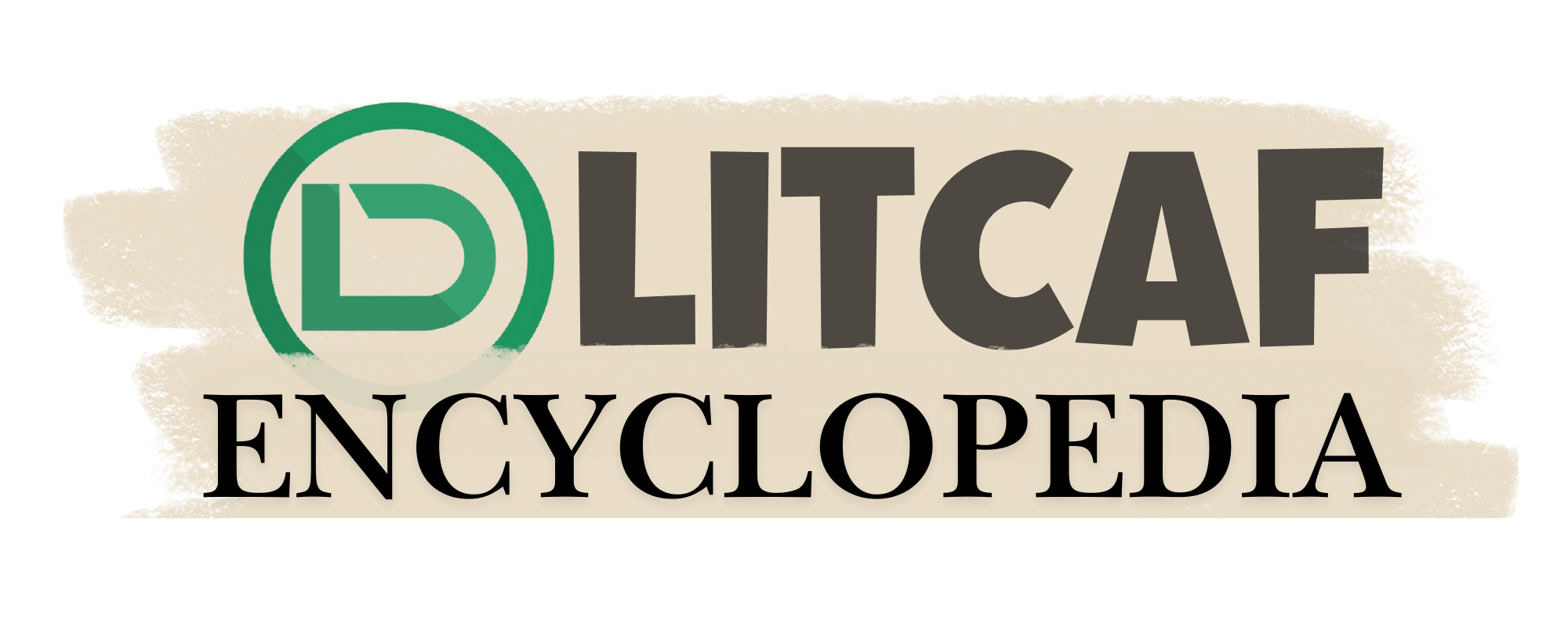Category: Culture
-
Ahmadiyya is an Islamic group headquartered in India, founded by Mirza Ghullam Ahmad with a distinct Islamic ideology which varies considerably with orthodox teachings. Adherents believe Ahmadiyya had a mandate to divest Islam of fanatical beliefs and to return the religion to the true Islamic teachings as practised by Prophet Muhammad. In what is seen
-
The African Spurred Tortoise, Geochelone sulcata, called Ìjàpá in Yoruba and celebrated in many of its folktales as a wise animal, is found in the north of Nigeria and other Sahel regions. They adapt to arid environments through a few means; their thick skin which limit moisture loss, very little discharge of urine, and burrow
-
Ethiopianism was a philosophy of several early Christians in Africa, foremost among who was James Johnson, who required his brethren, in the words of Jacob Kehinde Coker, founder of one of the breakaway groups, to worship God as Africans, independently, both in spirit and in truth, applying Christianity to African customs, not repugnant to Christ’s
-
Mojola Agbebi is the native name of the poet and advocate of Ethiopianism, who was born April 10, 1860 as David Brown Vincent in Ilesha. Mojola repudiated his European name in 1894, the year he was ordained as a Baptist minister in Liberia. He frequently used his pulpit to deliver anticolonial sermons, which was also
-
National Theater, a Nigerian architectural monument, was launched in 1976 by the Head of State, General Olusegun Obasanjo as a venue for the second Festival of Arts and Culture (FESTAC), which was to hold in 1977. The building, standing at over 31 meters and covering an expansive land of 23,000 square meters, was designed after the
-
Esugbayi, the Oba of Lagos was designated Eleko of Eko, meaning, “the owner of Lagos”. He was the first Lagos monarch to reinforce the title. Others may have abstained for the reason of the complex nature of the kingdom’s organogram which sees Idejo chiefs, rather than just the Oba as the primary land owners. This
-
Aguda is the term used for Yoruba Brazilian returnees in 19th Century Lagos. Many of these people, also known as emancipados, or Amaros were captured from the interior in the late eighteenth or early nineteenth century and exported to Bahia in Brazil. The immigration of Amaros were concurrent with those of the Saros, Yorubas who
